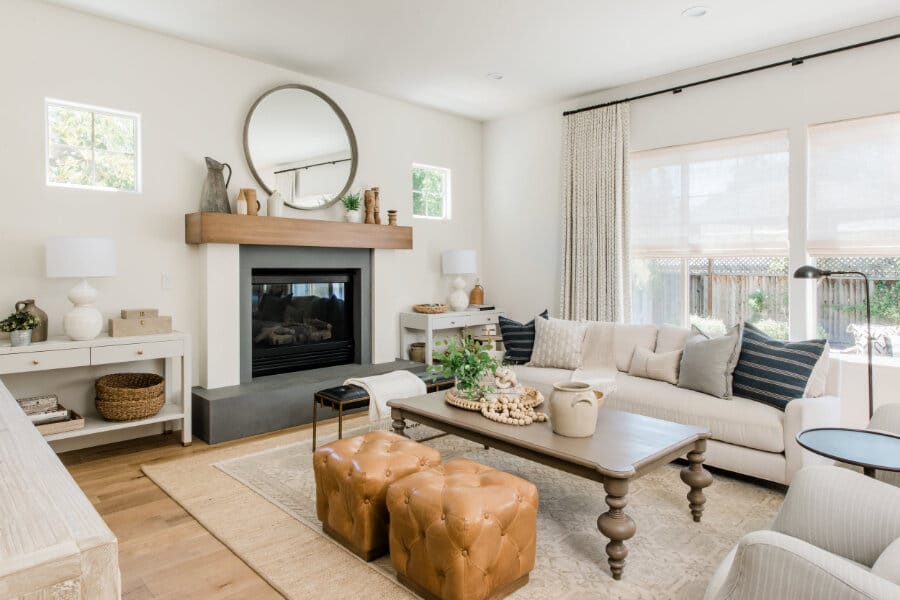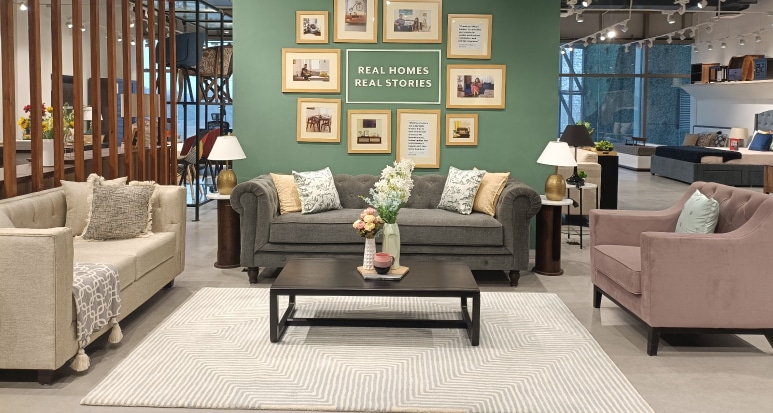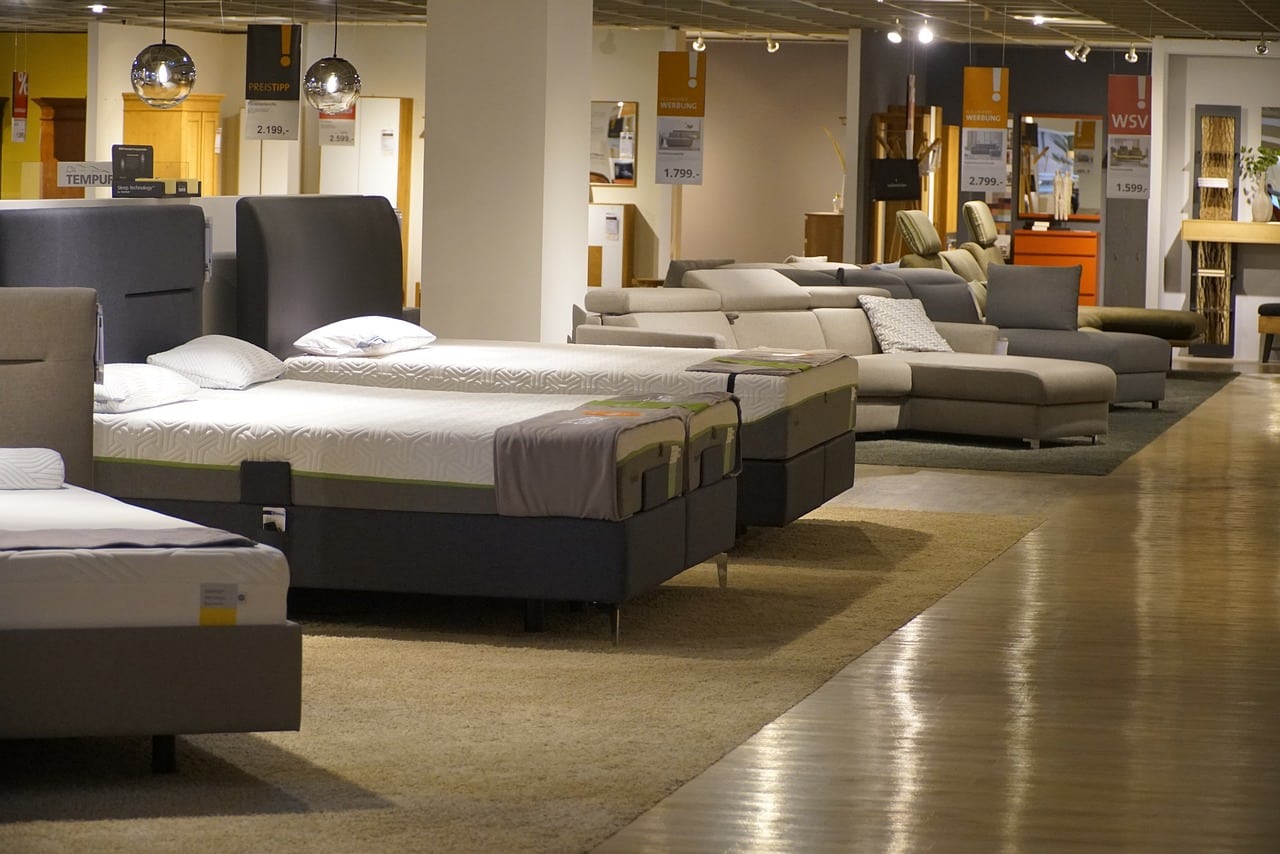Interior designers have a unique approach to sourcing furniture that often differs from that of the average consumer. Many designers purchase furniture from specialized showrooms, trade-only resources, and online platforms tailored specifically for professionals in the field. These avenues allow them access to exclusive designs and quality pieces that are not always available to the public.
In addition to showrooms, designers frequently collaborate with local artisans and manufacturers to create bespoke pieces that perfectly fit their project needs. This not only ensures originality but also supports local businesses and craftsmanship. They also explore online marketplaces that cater specifically to professionals, offering a variety of styles and price points.
Trends and personal preferences play significant roles in furniture selection. JAC Interiors suggests that designers stay updated on emerging trends through industry events, trade shows, and publications. This allows them to provide their clients with innovative solutions that reflect current styles and timeless elegance.
Foundations of Furniture Sourcing for Interior Designers

Furniture sourcing is crucial for interior designers, requiring a clear understanding of client needs and budget constraints. Effective sourcing strategies can elevate a project’s outcome while ensuring client satisfaction.
Understanding Client Needs
Interior designers prioritize understanding their clients’ preferences and lifestyles. This involves discussing specific styles, colors, and functionality. Designers often use questionnaires or interviews to gather information. Feedback helps tailor selections to the client’s vision.
Creating mood boards can also clarify direction. These visual tools capture elements such as textures, materials, and color palettes. Additionally, understanding the intended use of spaces guides furniture choices. For example, durable furniture is essential for high-traffic areas, while more delicate options may suit formal settings.
Budget Considerations
Budgeting is a critical aspect of furniture sourcing. Designers must balance quality and cost. Establishing a clear budget with clients helps guide selections.
Items can vary significantly in price based on materials and craftsmanship. Designers often categorize purchases into different price ranges to offer varied options. The following are the common price categories:
- High-End: Custom pieces and designer brands
- Mid-Range: Quality furniture from established retailers
- Budget-Friendly: Affordable options suitable for various styles
In addition, designers can maximize budgets by negotiating trade discounts with wholesalers or sourcing second-hand items. This approach broadens choices while maintaining financial feasibility.
Trade-Only Suppliers
Interior designers often rely on trade-only suppliers to access exclusive furniture options not available to the general public. These suppliers include custom furniture makers and wholesale distributors, both of which play vital roles in the designer’s procurement process.
Custom Furniture Makers
Custom furniture makers offer tailored solutions that meet the specific needs of design projects. These artisans create pieces that fit unique dimensions and styles, ensuring exclusivity and individuality in designs.
Designers collaborate closely with makers to finalize materials, finishes, and designs. This relationship fosters a high level of craftsmanship and attention to detail. Custom furniture can vary significantly in pricing, reflecting the quality of materials and complexity of design choices. Some of the benefits of using custom furniture makers include:
- Personalization: Each piece is designed according to client specifications.
- Quality: Options often feature superior craftsmanship and materials.
- Exclusivity: Custom pieces are unique, reducing the chances of repetition in the marketplace.
Wholesale Distributors
Wholesale distributors serve as intermediaries between manufacturers and designers. They provide designers with a vast range of furniture options at lower prices due to bulk purchasing. Designers benefit from the accessibility and variety offered by these distributors.
Distributors might carry multiple brands, allowing designers to find coordinated collections that suit their vision. Quantity often dictates pricing, making wholesale a cost-effective option for larger projects. Some key features of wholesale distributors include:
- Affordability: Access to competitive pricing helps designers manage budgets effectively.
- Variety: A wide selection of styles and brands enables designers to curate diverse options.
- Convenience: Streamlined ordering processes save time in procurement.
Trade-only suppliers, including custom makers and wholesale distributors, significantly enhance the designer’s ability to create stunning environments.
Retail Outlets and Showrooms

Retail outlets and showrooms play a crucial role in the furniture sourcing process for interior designers. These venues offer an array of options tailored to diverse design styles and client needs.
High-End Retailers
High-end retailers provide luxury furniture options that stand out in the design market. Stores like Roche Bobois, Restoration Hardware, and Wisteria specialize in exclusive, designer collections that appeal to clients seeking unique pieces.
Interior designers often visit these showrooms for their curated selections and high-quality materials. Personalized service is common, as sales associates typically have extensive product knowledge. This allows designers to find furniture that aligns precisely with their project vision.
Additionally, high-end retailers frequently host events to showcase new collections. Designers benefit from accessing trends and gaining insights into upcoming styles, ensuring they remain competitive in the market.
Commercial Furniture Stores
Commercial furniture stores cater to larger-scale projects. Outlets like IKEA, Office Depot, and Staples offer practical solutions for office spaces, waiting rooms, and other commercial environments.
These stores provide a wide range of furniture at varying price points. Interior designers appreciate the straightforward layouts and availability of bulk purchasing options, important for cost-effective project management.
Many commercial retailers also feature online platforms, making it easier for designers to browse options and order items. This efficiency helps streamline the purchasing process, allowing designers to focus on other project aspects while ensuring timely delivery of necessary furnishings.
Online Marketplaces and Platforms
Interior designers often turn to online marketplaces for a diverse range of furniture options. These platforms facilitate easy access to a variety of styles and prices, enabling designers to find the perfect pieces for their projects.
E-Commerce Stores
E-commerce stores have become a go-to resource for interior designers seeking furniture. Websites like Wayfair, Overstock, and Amazon offer extensive catalogs that include everything from modern and contemporary to vintage styles.
Designers appreciate the ability to filter searches by price, material, and dimensions, making it easier to find specific items. Many e-commerce platforms also provide customer reviews and detailed product descriptions to help in decision-making.
Frequent sales and discounts are another advantage, enabling designers to stick to budgets while acquiring quality items. Additionally, several stores offer an option for bulk purchasing, which can be beneficial for larger projects.
Direct Manufacturer Websites
Direct manufacturer websites allow interior designers to purchase furniture directly from the source. Brands like West Elm, CB2, and Crate & Barrel showcase their entire product line online.
These sites often feature exclusive designs and collections that might not be available elsewhere. Designers can also take advantage of customizable options, tailoring furniture to meet specific client needs.
Visiting manufacturer sites can sometimes lead to lower prices or better warranty offers compared to third-party retailers. Designers also benefit from access to detailed specifications that help in assessing the durability and quality of the materials used.

